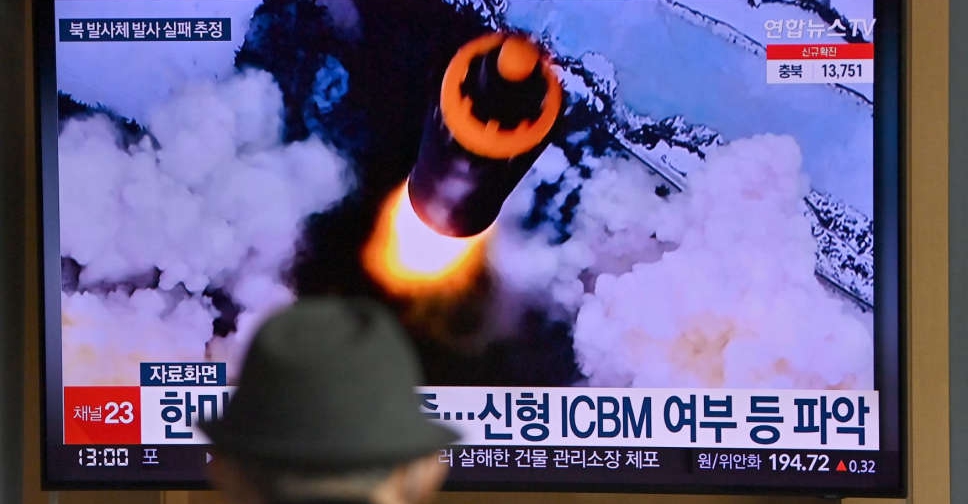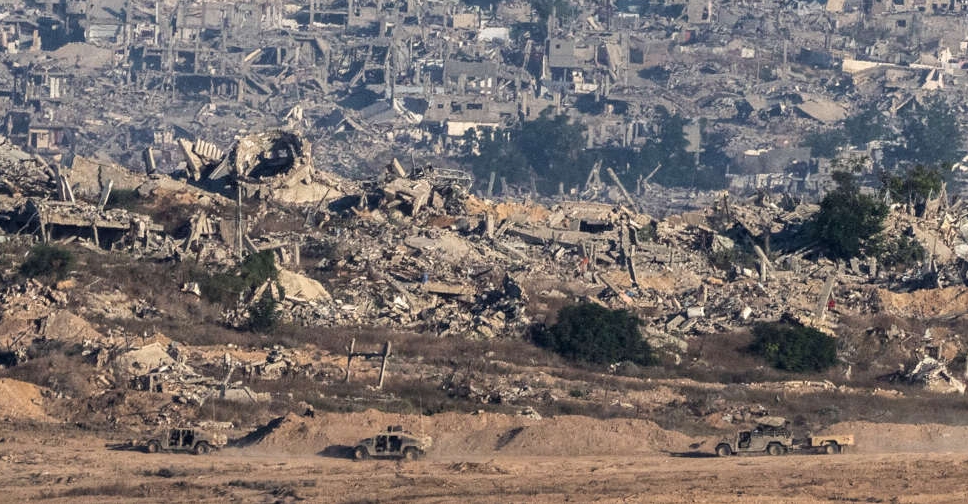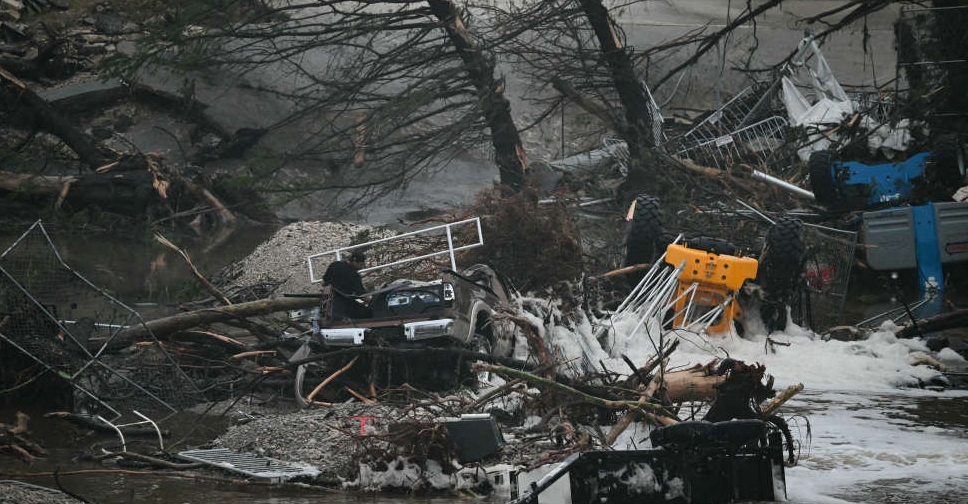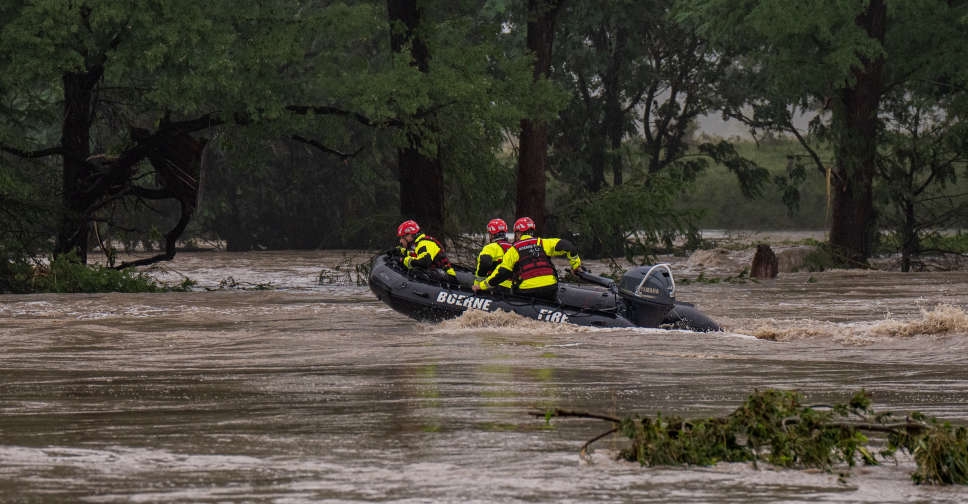
North Korea fired an "unknown projectile" on Wednesday which appeared to fail immediately after launch, South Korea's military said, amid reports that the nuclear-armed North is seeking to test-fire its largest missile yet.
The United States and South Korea have warned that North Korea may be preparing to launch an intercontinental ballistic missile (ICBM) at full range for the first time since 2017.
The projectile was fired from Sunan Airport outside the North Korean capital of Pyongyang, South Korea's Joint Chiefs of Staff (JCS) said in a statement.
"It is presumed that it failed immediately after launch," the statement said. The projectile seemed to explode in mid-air shortly after liftoff, Yonhap news agency reported, citing unnamed sources.
The US military's Indo-Pacific Command called it a "ballistic missile launch." The command did not mention the reported failure, but condemned the launch and urged Pyongyang to refrain from further destabilising acts.
A source at Japan's Ministry of Defence also called the projectile a potential ballistic missile, Japanese public broadcaster NHK reported.
Debris fell in or near Pyongyang after the failed test, Seoul-based NK News reported, citing unnamed witnesses and a photograph of the test showing a red-tinted ball of smoke at the end of a zig-zagging rocket launch trail in the sky above the city.
"The report of a failure from Sunan is concerning because of the possibility of damage to heavily populated civilian areas," said Ankit Panda, a senior fellow at the US-based Carnegie Endowment for International Peace.
In 2017, an intermediate-range ballistic missile launched from another location failed shortly after liftoff and crashed into an industrial or agriculture complex in the city of Tokchon.
The Sunan airport has been the site of several recent launches, including on February 27 and March 5. North Korea said those tests were for developing components of a reconnaissance satellite and did not identify what rocket it used, but Seoul and Washington said they were tests of a new ICBM system.
SERIES OF NEW MISSILE TESTS
Reclusive North Korea has fired missiles at an unprecedented frequency this year, conducting its ninth weapons test on March 5, drawing condemnation from the United States, South Korea and Japan.
The USS Abraham Lincoln aircraft carrier led military exercises in the Yellow Sea, and air defence artillery at Osan air base in South Korea intensified drills in response to the increased North Korean missile activity, US forces in Asia said on Tuesday.
The new ICBM system, the Hwasong-17, was unveiled at a military parade in 2020 and reappeared at a defence exhibition in October 2021.
The February 27 and March 5 launches did not demonstrate the missile's full range, and analysts said the North might have used only one stage of the missile or adjusted its fuel volume to fly at lower altitudes.
The Hwasong-17 would be North Korea's largest ICBM yet, and the government appears to be restoring some tunnels at its shuttered nuclear test site, US and South Korean officials said last week.
North Korea has not tested an ICBM or nuclear bomb since 2017, but has said that it could resume such testing because denuclearisation talks with the United States are stalled.




 Israel sends delegation to Qatar for Gaza talks ahead of Netanyahu trip to US
Israel sends delegation to Qatar for Gaza talks ahead of Netanyahu trip to US
 Death toll from Texas floods reaches at least 50; dozens still missing
Death toll from Texas floods reaches at least 50; dozens still missing
 Musk announces forming of 'America Party' in further break from Trump
Musk announces forming of 'America Party' in further break from Trump
 Leaders of growing BRICS group gather for Rio summit
Leaders of growing BRICS group gather for Rio summit
 At least 24 dead in Texas flash flooding
At least 24 dead in Texas flash flooding




